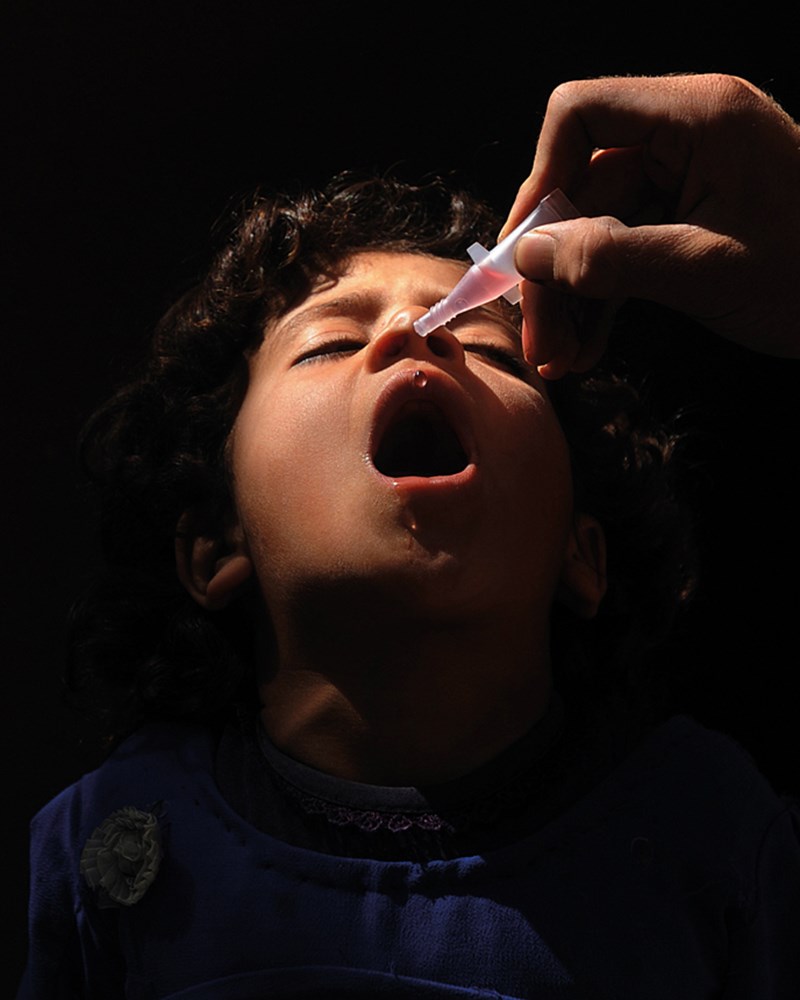When a team of eye technicians visited the Al Shohada’a School in Masakin Al Shohada’a, a poverty-stricken area of New Cairo, to distribute free glasses to poor-sighted pupils, they delivered more than just the promise of clearer vision. For the children who’d grown used to straining to see the blackboard, they brought the possibility of a better education and a brighter future.
“Eyeglasses represent one of the most cost-efficient interventions there is in healthcare,” says Dr Mohammed Shalaby, executive director of Magrabi Foundation, the Cairo-based nonprofit behind the initiative. “For less than EP100 [about $6], you can enable a child to see.”
Since the early 2000s, Magrabi Foundation has dispensed more than 90,000 pairs of glasses to Egypt’s poorest communities. At the same time, it works to raise awareness of eye health issues, and quash pervasive social stigmas that can deter people from seeking help.
“A young girl might know she needs a pair of glasses,” says Shalaby, “but not wear them because this is not the norm in her village. People would mock her. There’s no point in distributing glasses to find that in six months she's no longer wearing them.”









